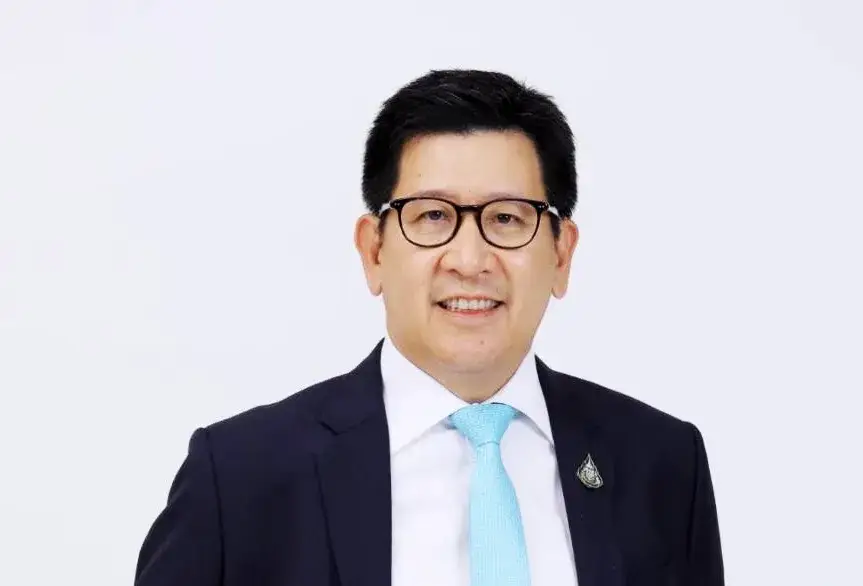Government Unveils Nationwide Debt Restructuring Program
Thailand’s Economic Policy Committee has given the go-ahead to a huge debt-relief scheme worth 122 billion baht. The program’s goal is to help 3.4 million borrowers who have unsecured debts of less than 100,000 baht.
The proposal would be carried out by state-approved asset management businesses that buy up and restructure bad debts, according to Finance Minister Ekniti Nitithanprapas. He said that reducing family debt was a national priority that was necessary for long-term stability.

Source: Bloomberg
Program Targets Small Unsecured Non-Performing Loans
The help is mostly for people who have unsecured loans that stopped paying off before September 30, 2025. Borrowers who qualify must owe less than 100,000 baht to all banking institutions.
Authorities said that the target group has 4.76 million accounts with debts of 122 billion baht. The idea is to change the terms of these loans, make it easier to pay them back, and provide them access to official credit institutions again.
Asset Management Firms to Lead Debt Resolution Effort
Two big asset management organizations will handle the restructuring using flexible repayment plans. Sukhumvit Asset Management (SAM) and Ari Asset Management (Ari-AMC) will buy portfolios that aren’t making money and fix them up.
To assist debtors in canceling their accounts completely, they provide interest exemptions, partial settlements, and lower fees. These steps should help right away and also help people stick to their payment plans and keep their finances in order.
Recommended Article: Japan And Cebu Strengthen Infrastructure And Economic Links
Specialized Institutions to Support Vulnerable Borrowers
State-owned specialized banks will help consumers who can’t pay back their loans in full. Principal reductions, complete interest forgiveness, and partial repayments for closing an account are some of the tailored interventions that will be available.
Officials said that these flexible terms will allow for the restructuring of 2.36 million accounts worth 62.4 billion baht nearly right away. The method mixes caring with being responsible to make sure that long-term results are feasible.
The Next Phase Will Include Non-Bank Financial Institutions
Once the first phase is stable, officials aim to expand the program to include lenders that aren’t banks. Including this will make sure that debtors who aren’t part of the traditional banking system have equitable chances to restructure their debts.
This wider coverage aims to safeguard both banked and unbanked people by setting national standards for helping people get out of debt and get back on their feet. Policymakers noted that treating all sectors equally is still a key part of the plan’s integrity.
Sustainable Recovery Through Financial Inclusion Measures
Ekniti Nitithanprapas said that the effort was a turning point in dealing with Thailand’s ongoing problem with household debt. He claimed that various repayment arrangements based on how much money a borrower can make will help them regain their trust and trustworthiness.
The program’s goal is to boost household liquidity and help the economy recover by making people less reliant on informal lenders. The government thinks the plan will boost productivity and long-term consumer spending.
Debt Relief Plan Supports Broader Economic Stability Goals
Officials talked about four main goals that the national restructuring strategy is based on. Some of these goals are to minimize family debt, stop people from defaulting on loans, and reestablish public faith in banks and other formal financial institutions.
The program also wants to make it easier for people to get fair loans and make Thailand’s economy stronger in the long run. The administration sees this step as part of a larger plan to create a fair and open debt-relief mechanism.























